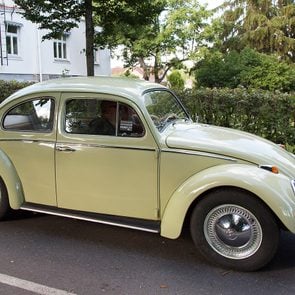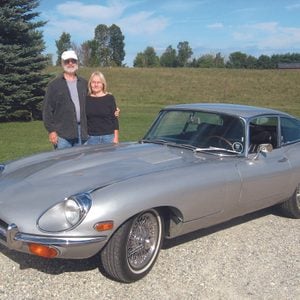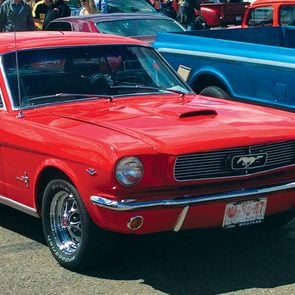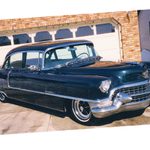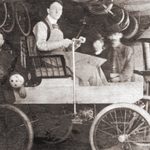This Vintage Touring Sedan is Pushing 100, But Has Never Looked Better
Restoring this 1926 Chevrolet Superior took a lot of time and energy but was well worth the effort.
When my husband Arend retired after a 40-year teaching career, he wanted to do something completely different during his retirement years. He decided to restore antique cars, the older the better, and learn to do every aspect of the restoration process himself.
To that end, he joined the Edmonton Antique Car Club and purchased two old cars from a fellow club member, a 1930 Essex Challenger sedan that was mostly complete and a 1926 Chevrolet Superior Touring Sedan, a basket case that literally came in boxes.
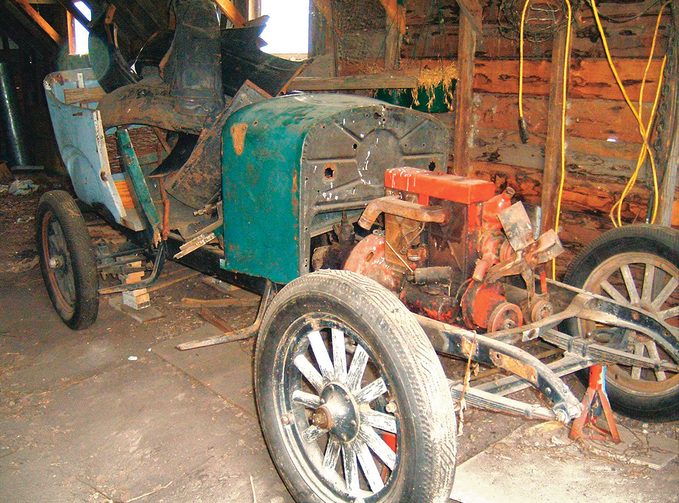
After finishing the restoration of the Essex, he started restoring the 1926 Chevy. Arend made new hickory spokes and restored the wooden artillery wheels which were in very poor condition. The car came with a 1928 motor which was seized and the block was cracked. He disassembled the motor, freed the pistons, “pinned” the crack in the block, put in new rings and one new piston and eventually had the engine running as it should.
Next he disassembled, cleaned, repaired and painted the frame and the rest of the mechanical parts. Car bodies at that time were still built with a wooden frame with sheet metal nailed to the outside. This car had obviously spent much of its life abandoned in a field somewhere and much of the wood was rotted and a lot of the sheet metal was rusted out. He replaced the rotten wood frame with new wood. Arend bought himself a MIG welder and taught himself to weld; he cut out and replaced the corroded metal. He completed the body work, constructed a temporary paint booth and painted the car body and all its parts.
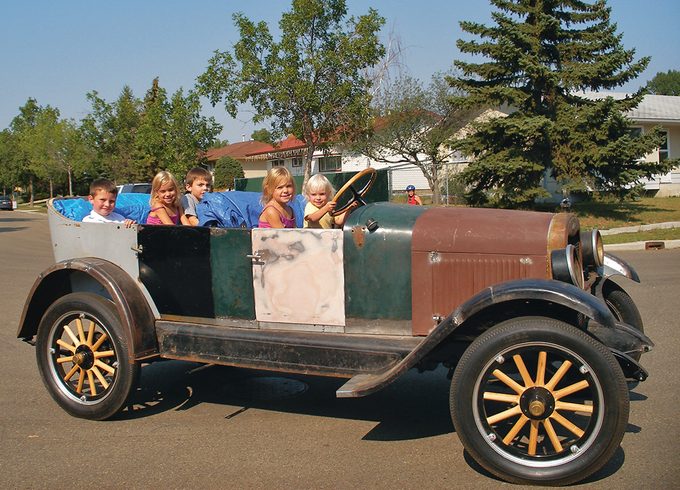
After he reassembled the newly painted car, Arend did the upholstery, making the seats, the interior, and eventually the top. It was his first time behind a sewing machine and I had to give him some pointers. Since it was a touring car—the early version of a convertible—he made wooden top bows that he steam bent into the required shape. Arend loves wood so the floor boards, the steering wheel and the running boards are all natural finished oak. Eventually, everything was finished, a safety inspection was passed and it was licensed, insured and ready to hit the road.
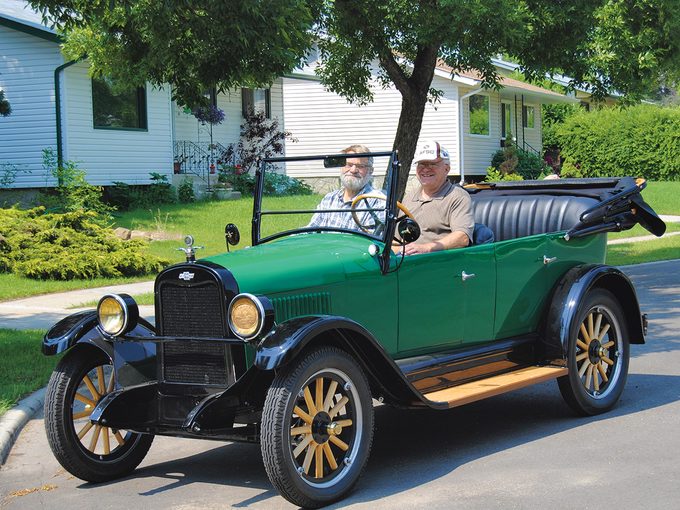
It’s a fun car to drive, especially on a warm sunny day with the top down. It gets lots of attention. Everything is more or less original so it drives like a 1926 car with no shocks and rear brakes only. We do have to be very careful in modern traffic. For safety reasons Arend has installed signal lights, seat belts and side mirrors. On the highway it drives comfortably at 40 to 45 mph and it’s amazing how much more you see of the countryside at that speed. We try to stay off the main roads and highways. The front seat is rather narrow as on all cars of that era so driving together is nice and cozy.
It took him about four years to finish this car. He has shared what he has learned with other club members, as well as the public in general, by writing numerous articles for the club newsletter The Running Board and posting several YouTube videos.
Over the years we have driven it to various car shows, seniors’ residences, tours and other club events. After finishing this car, Arend has gone on to do a complete restoration of a 1929 Willys Whippet sedan and is currently working on a 1952 Ford F1 pickup. He is a very talented man!
Next, check out an impressive 1930 Cadillac sedan restoration.
